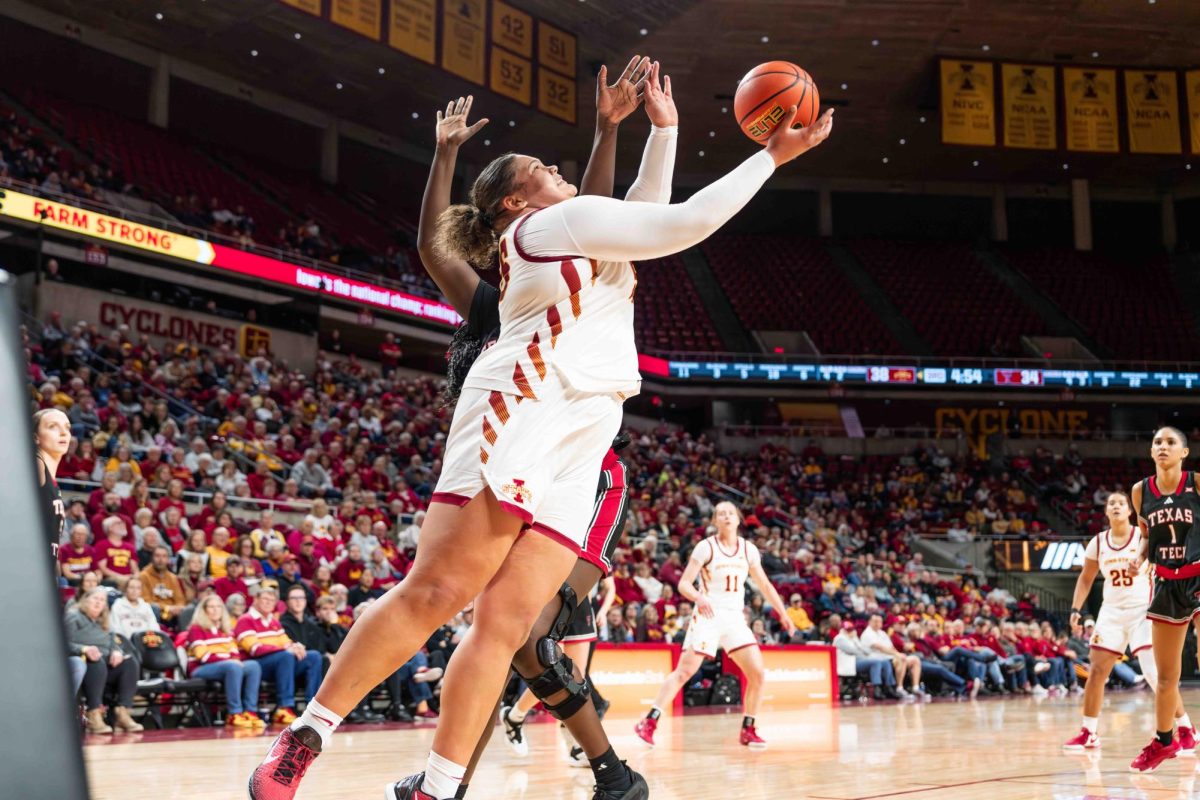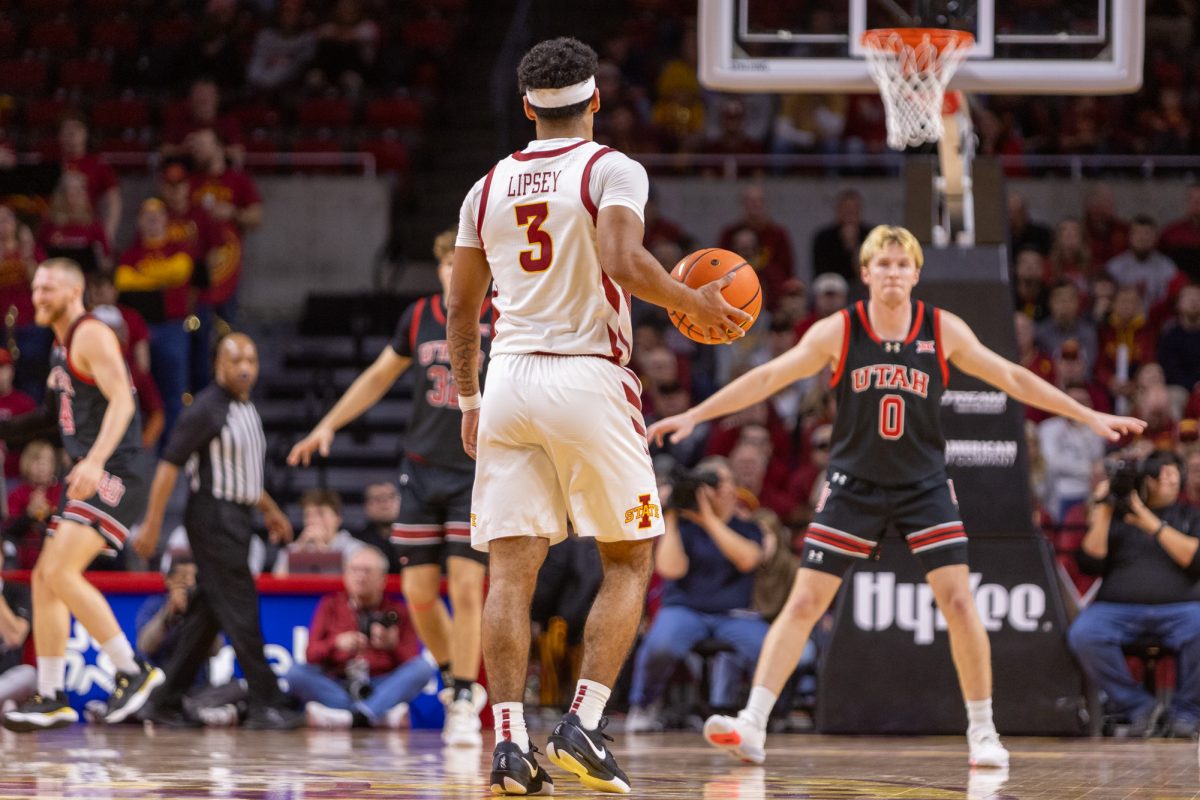Quick facts: Learn the basics about hookahs
September 24, 2006
What is a hookah?
Whether it is called a hookah, chicha, narghile or water pipe, the device has been used for smoking tobacco throughout history.
The tradition of hookah smoking originated in the Middle East and has been an important social ritual in many cultures. With its popularity spreading across the world, it finally arrived in the United States in the late 1990s.
Since then, hookah lounges have opened all across the country, frequently centered around college campuses.
Mohammed Ali, owner of the Chicha Shack, 114 Welch Ave., explained the variety of names is due to the many differing languages of the cultures that created them.
“In Arabic, we say ‘chicha,’ in American, they say ‘hookah.’ It doesn’t matter which term people use,” Ali said.
The hookah consists of four parts – the base, the bowl, the pipe and the hose.
Even with its simple construction, Ali said that the tobacco and charcoal used in a hookah are quite different from what most people would expect.
The tobacco is soaked in a sweetener and is almost always flavored. Fruit flavors are the most common, but there are others such as caramel and mint.
Ali also said that mixed flavors are popular.
The charcoal used is a special type that lights and burns quickly and easily. During a smoking session, the coals burn out and must be replaced periodically.
Smoking
Hookah smoking has always been a social activity since its creation, and many customs have been associated with it.
Hookah lounges, the Chicha Shack included, generally aim to provide a comfortable, relaxing atmosphere for people to relax and socialize in.
A single hookah is usually smoked by two or three people. Larger groups will order several and share.
Patrons take turns smoking, passing the hose to another when they finish.
A bowl of tobacco lasts between 45 minutes and an hour, during which time a waitperson will periodically replenish the coals.
Ali said the smoke from a hookah is much different from – and less offensive than – cigarette smoke.
“If non-smokers come to my shop, all they smell is fruit,” Ali said.
The filtration of the smoke by the water makes the smoke very smooth, making it easier for many to tolerate. Some, even those who don’t smoke cigarettes, may find hookahs appealing.
“This is the only smoking I ever do,” said Brandon Janssen, junior in chemistry.
Additionally, the flavoring enhances the taste and allows for a great deal of variety in the experience.
Health risks
Although the health effects of hookah smoking have not been completely studied, many believe hookah smoke to be healthier than cigarette smoke.
Ali said that the tobacco used at the Chicha Shack has no chemical additives and less nicotine than cigarette tobacco.
However, some studies have shown that although the tobacco itself may be less unhealthy, the duration for which a hookah is smoked more than makes up for that.
Other researchers have pointed out that the charcoal used in hookah smoking may be hazardous, introducing dangerous substances into the smoke.
The methods used in many of these studies have been challenged by many, the chief complaint being that they fail to take into account the effects of previous or current tobacco usage.
Regardless of any risks, hookah smoking remains extremely popular throughout the world.
Purchasing your own
Many hookah lounges sell hookahs and tobacco to those wishing to acquire their own.
“We sell hookahs, we sell tobacco, we sell charcoal – everything you need for the hookah,” Ali said.
At the Chicha Shack, hookahs range in price from $40 to more than $100.
There are also many Web sites that sell hookahs and associated products, offering a variety of sizes and styles.
Students with their own hookahs frequently share them with friends or roommates, bringing the tradition home.
– Bill Cleary






